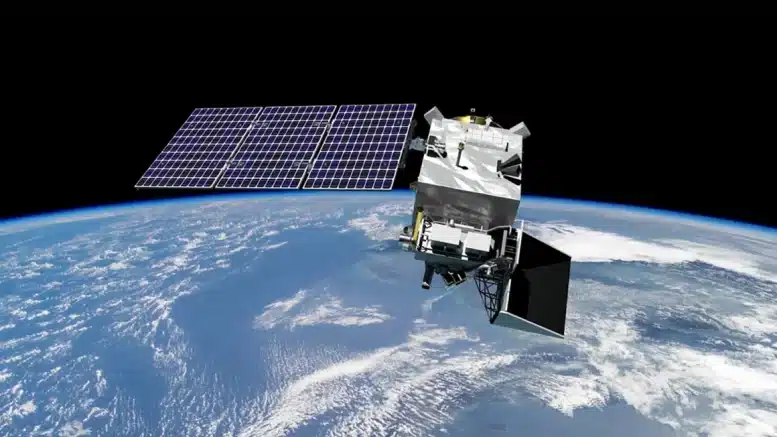A groundbreaking new satellite has been launched, poised to offer an unparalleled perspective on Earth’s microscopic marine life and minuscule atmospheric particles. Dubbed the NASA PACE (Plankton, Aerosol, Cloud, and ocean Ecosystem) mission, it embarked on its journey at 1:33 a.m. ET Thursday, courtesy of a SpaceX Falcon 9 rocket from Cape Canaveral Space Force Station in Florida. The successful launch saw the rocket’s booster returning to Earth approximately 10 minutes later, with confirmation of the spacecraft’s solar arrays deployment and power reception received just over half an hour after liftoff.
Originally scheduled for Tuesday morning, the launch faced two delays due to adverse weather conditions, but Thursday morning presented more than 95% favorable weather conditions for liftoff. The mission, conceptualized nearly two decades ago, aims to deepen our understanding of how oceanic and atmospheric processes shape our planet.
PACE is poised to illuminate the role of aerosols, clouds, and phytoplankton in the ocean, serving as crucial indicators for ocean health and global warming. Equipped with three instruments, including two polarimeters and one camera, PACE will capture a spectrum of data across different light wavelengths, enabling scientists to unveil previously unseen phenomena. Jeremy Werdell, the project scientist for PACE, underscored the mission’s ambition to explore the microscopic realm of the sea, sky, and even land.
Despite being designed as a three-year mission, PACE boasts enough fuel to orbit and study Earth for up to a decade. Joining a fleet of over two dozen NASA Earth science missions, PACE will contribute vital data on oceans, land, ice, and the atmosphere, enriching our understanding of Earth’s evolving climate. Together with missions like SWOT (Surface Water and Ocean Topography), launched in 2022, PACE holds the potential to revolutionize our comprehension of Earth’s oceans.
In addition to illuminating oceanic dynamics, PACE will unravel the mysteries of phytoplankton, essential organisms at the heart of marine ecosystems. With the Ocean Color Instrument onboard, PACE will survey the light reflected from phytoplankton, mapping their distribution and identifying various species. These insights will not only enhance our understanding of marine ecosystems but also aid in mitigating harmful algal blooms and preserving global fisheries.
PACE’s launch marks a pivotal moment in Earth observation, promising transformative insights into our planet’s intricate ecosystems. As the mission unfolds, scientists anticipate groundbreaking discoveries that will reshape our understanding of Earth’s oceans and atmosphere.

